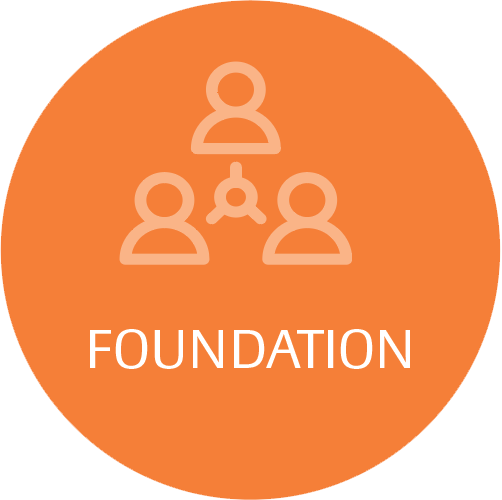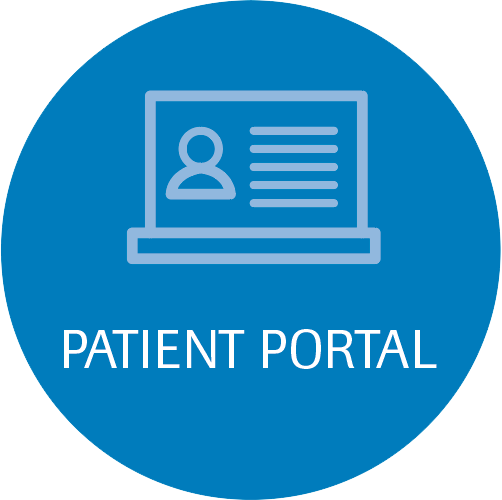What is a CT of the Head, Orbits, Sinuses or Facial Bones and what does it do?
A CT of the Head is an exam that takes very thin slice images of the brain, brain stem and skull. This is useful for diagnosis of things such as stroke, trauma, congenital defects, bleeding and possible masses.
A CT of the Orbits is an exam that takes very thin slice images of the eyes and orbital socket at three different angles. This allows for the diagnosis of a range of conditions such as injury, disease and congenital defects.
A CT of the Sinuses is an exam that takes very thin slice (3.5mm) images of all four sinus cavities: frontal, ethmoid, maxillary, and sphenoid. This allows a more accurate diagnosis of conditions such as sinusitis, polyps, deviated septums and congenital defects.
A CT of the Facial Bones is an exam that takes very thin slice (2-3.5mm) images of the facial bone structure, including the jaw, nose, eye sockets and cheek bones. These images are helpful in the diagnosis of facial trauma and malformations.
Who performs the test?
The exam itself is performed by a Radiologic Technologist RT(R). These technologists are nationally registered with the A.R.R.T.(American Registry of Radiologic Technologists) and licensed through the state of Florida in the use of diagnostic equipment and procedures. Also, the technologist performing your CT scan has additional CT specific training and registration.
Where does it take place?
CT scans are performed in the hospital radiology department.
How long does it take?
A CT of the Head/Orbits/Sinuses/Facial Bones will take approximately 3-5 minutes. If contrast is given, the study could take an additional 10-15 minutes. However, you may need to allow extra time for each procedure in case of delays or the occasional need for additional images.
What can I do to make it a success?
A CT scan is usually painless. The machine does not touch you and you do not feel the x-rays. Occasionally, a contrast may be given to enhance the study. For a CT Head, this is in the form of an IV injection of an iodine solution. In some patients, the actual injection can be associated with a sensation of warmth, heat or flushing. These feelings are transient and typically pass quickly after the injection.
You can help assure a successful, comfortable procedure by carefully following the instructions of your physician, the radiologist and the radiologic technologist. Be sure to answer any questions they may ask about your general health. For example, tell them if you are pregnant, diabetic, and/or have any allergy to foods or medications. Let them know if you have been given the contrast in the past and if you had any side effects. Give them a complete list of medications you may be taking now, including non-prescription medication. Some medications may not be given in conjunction with the contrast. Also, please indicate if you are presently being treated for an infection in any part of your body or are receiving treatments for a condition, such as cancer or dialysis.
What should I do before the exam?
For a CT of the Head/Orbits/Sinuses/Facial Bones, it is recommended that you wear loose, comfortable clothing for the exam. You will need to remove dentures, glasses, hearing aids, earrings, hairpins and any other object that may be in the path of the x-ray beam.To reduce the risk of valuables being lost, it is recommended that hair pins, jewelry and other valuables be removed prior to entering the exam room or simply left at home.
If contrast is to be given, you are asked not to eat anything 3-4 hours prior to your exam, or drink anything at least 1 hour prior. This is to insure that nothing is in your stomach should you become nauseous from the contrast.
What happens during the exam?
For CT Head/Orbits/Sinuses/Facial Bones, you will be asked to lie down on a table attached to the CT scanner. The scanner itself is a large doughnut shaped machine with a large hole in the middle that the table will slide through. Your position on the table depends on the body part being scanned, but a majority of the time you will be asked to lie on your back, with your head on a cushion, with your head pointing toward the scanner. If you are to receive contrast, the technologist will then start an IV. Once it is in place, they will then take preliminary scans of the area in question. These are called scout images and are used to map the area for testing. During this, you will feel the table move, but you will not be touched. Once the technologist completes the scout images, he or she will proceed with the primary exam. If contrast is to be given, it will then be administered through your IV with either a pressure injector or pushed by hand with a syringe, depending on the test. In some patients, the actual injection can be associated with a sensation of warmth, heat or flushing. These feelings are transient and typically pass quickly after the injection.
Images will then be obtained. The table will once again move, with the only difference being a slightly longer scan time. It is important that during this scanning you remain as still as possible so that the scanner may get the best possible images. This will help to insure the most accurate diagnosis possible. When the scans are complete, the table will be positioned out of the scanner and you will be allowed to sit up. If you received an IV, it will be removed and a bandage placed over the injection site. If needed, the technologist will relay any further instructions for you at the time and you’ll be free to leave.
What happens after the exam?
The Radiologist will review your exam and relay his findings to your physician. This usually takes 1-2 days. In the case of an emergency or life threatening results, your physician will be contacted right away and you will probably be asked to stay with us until he or she is spoken with.
Contact Information:
Hospital (main operator): (850) 526-2200
CT Department: (850) 718-2583
Radiology Department (at hospital): (850) 718-2580





